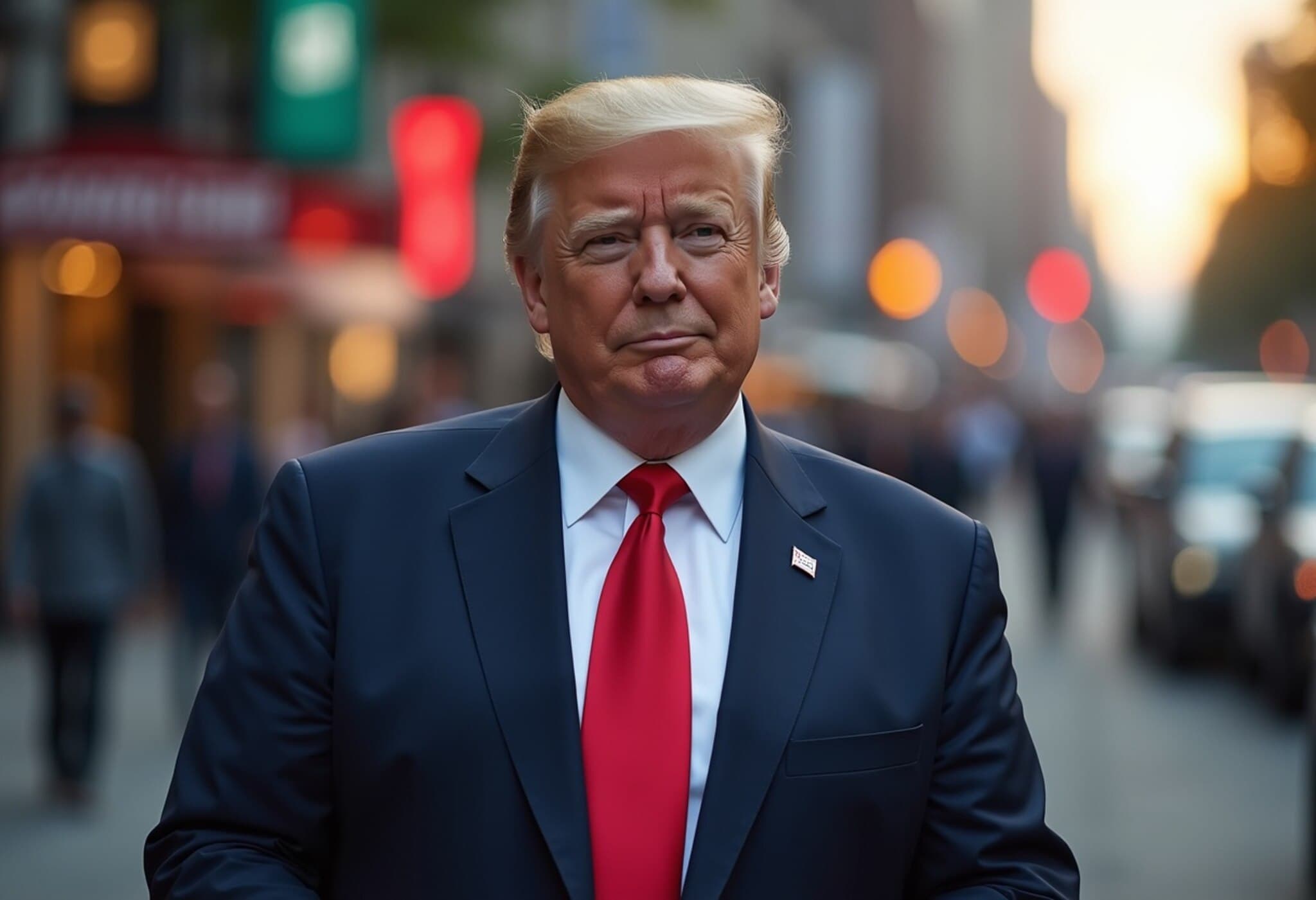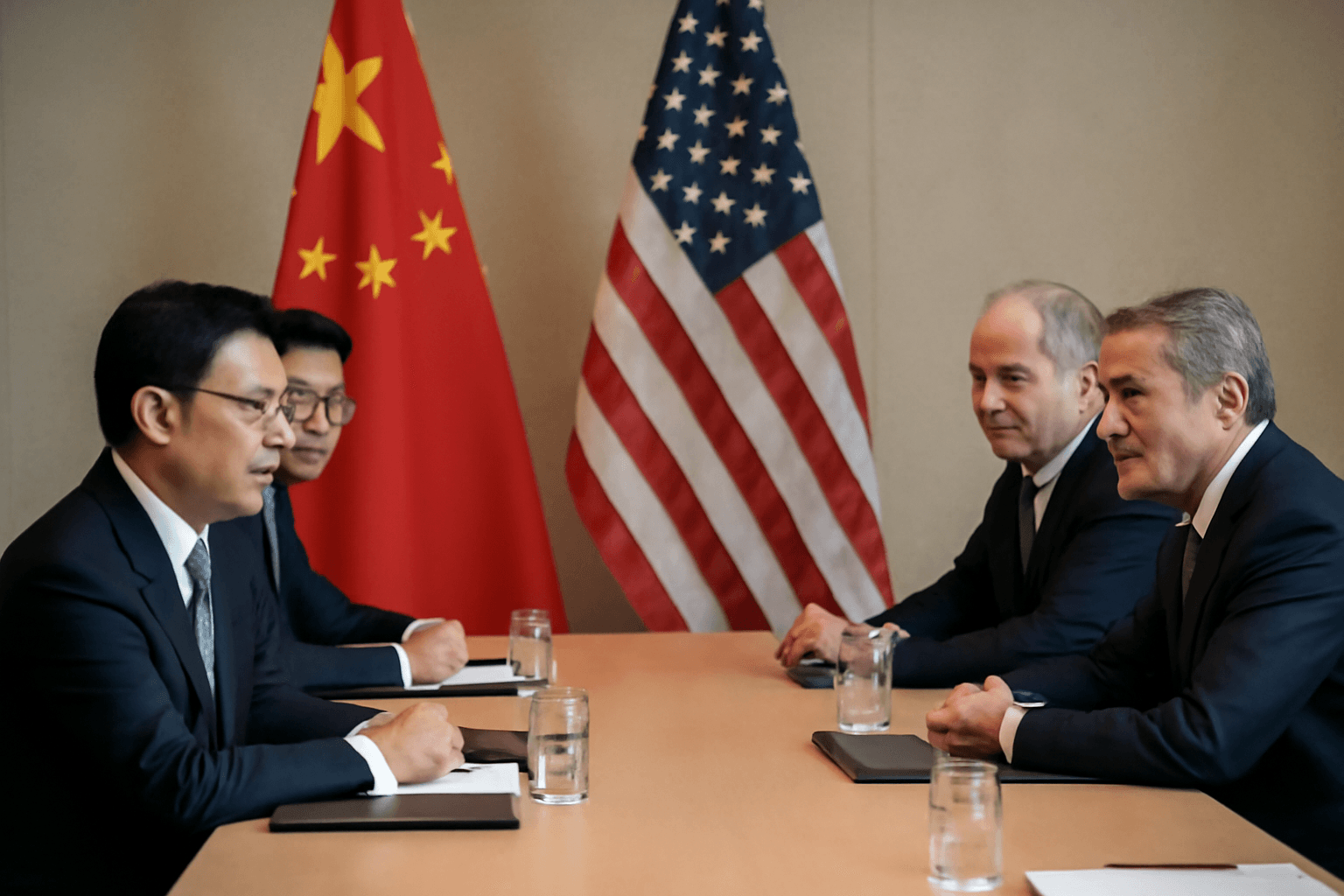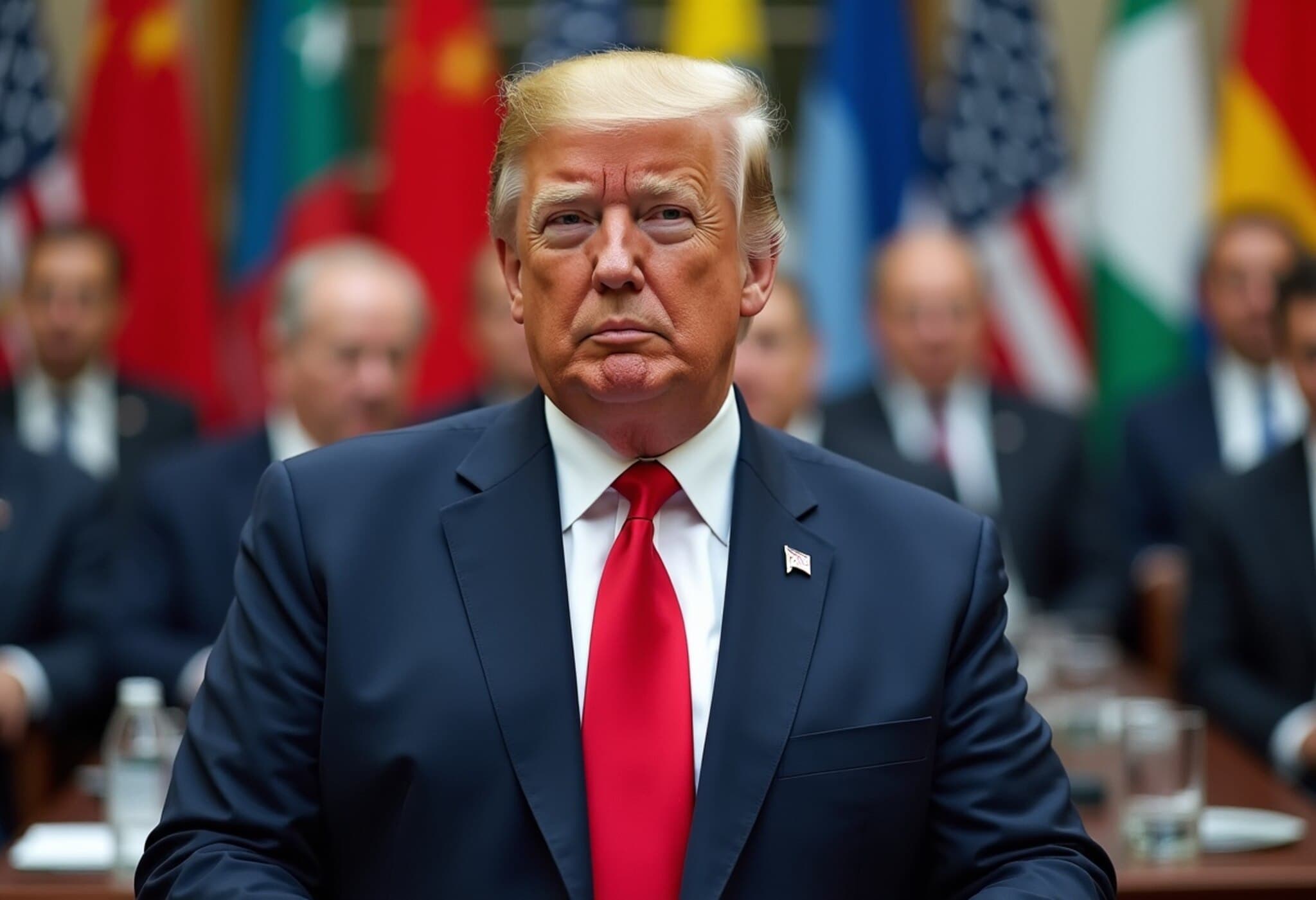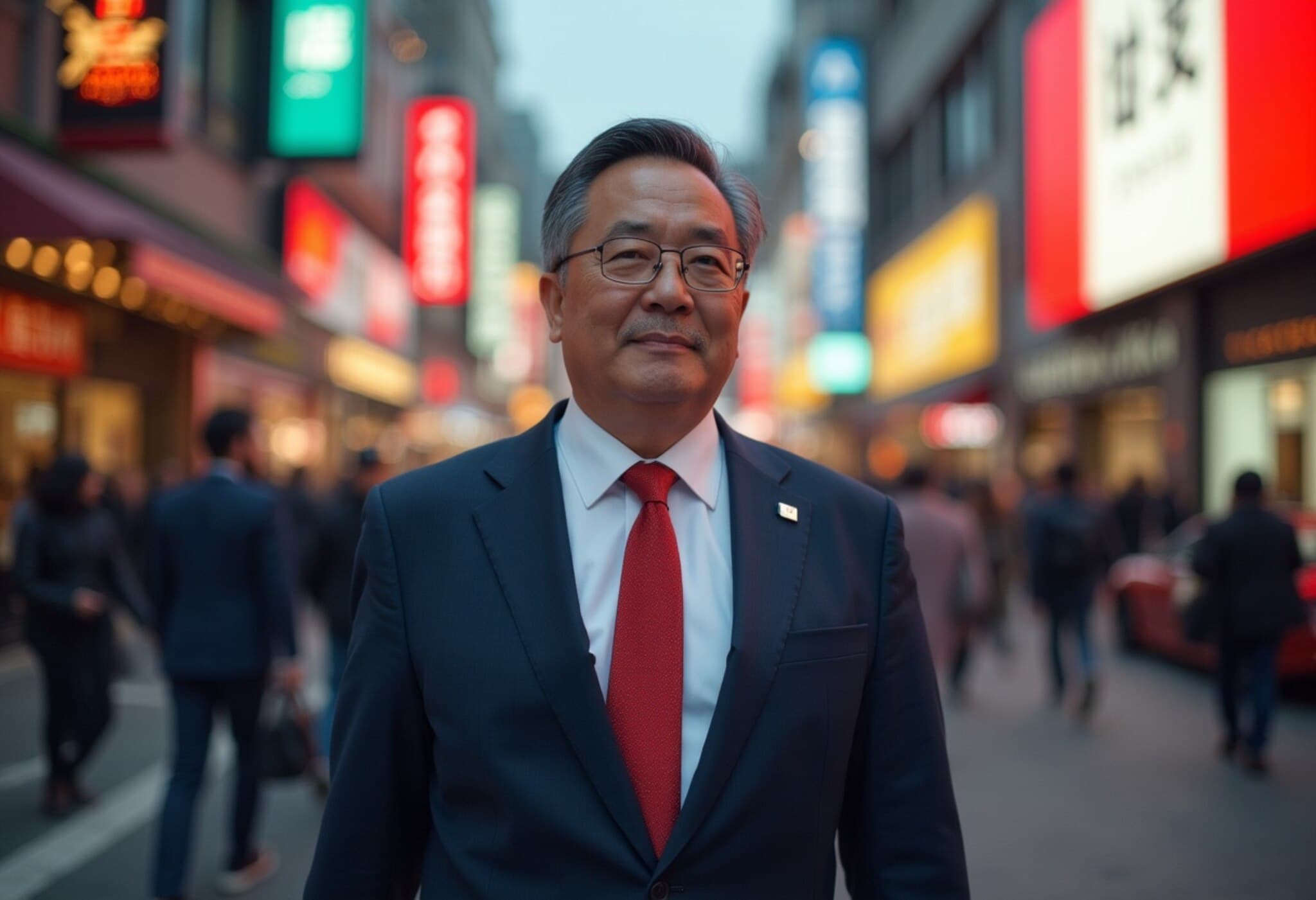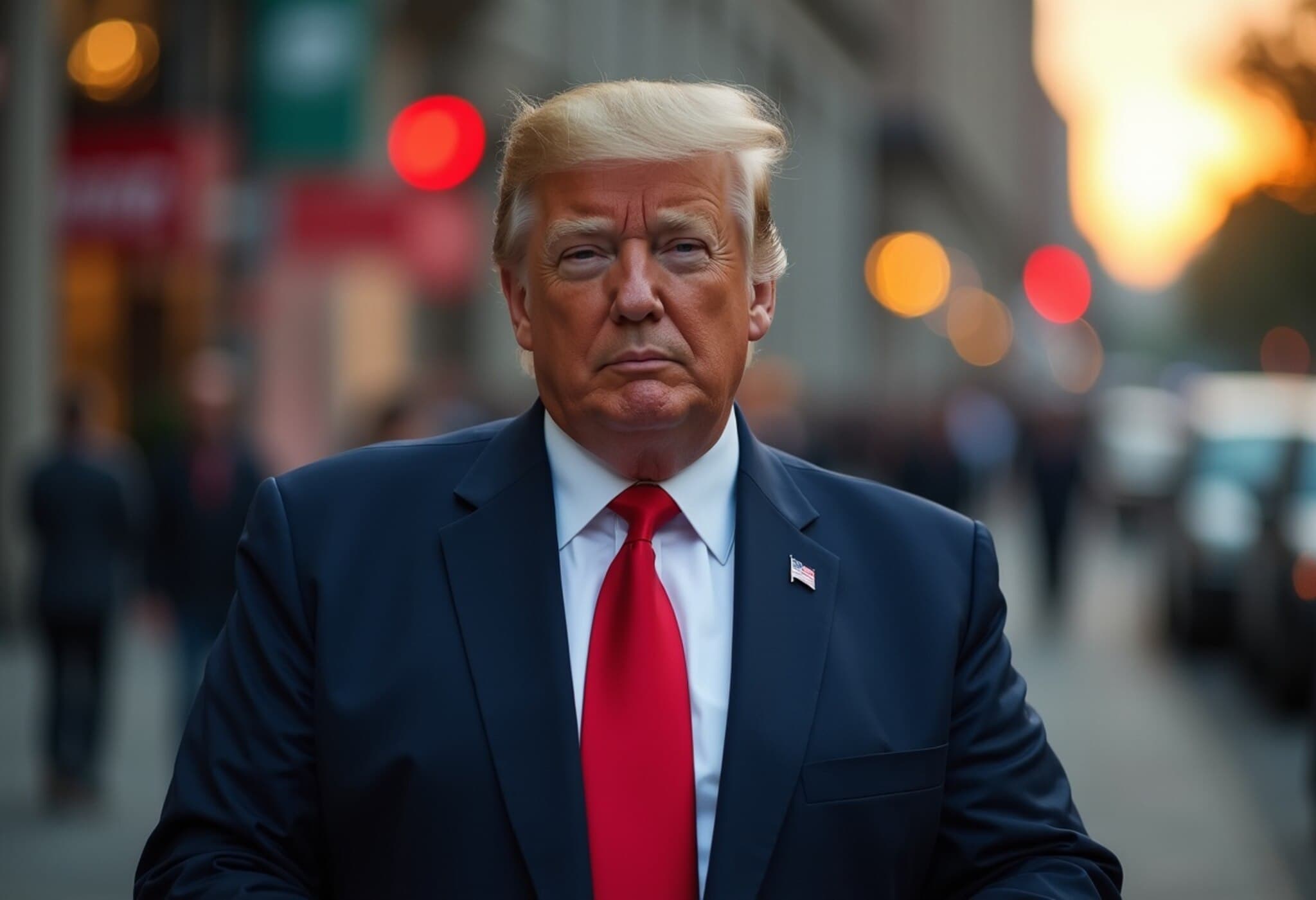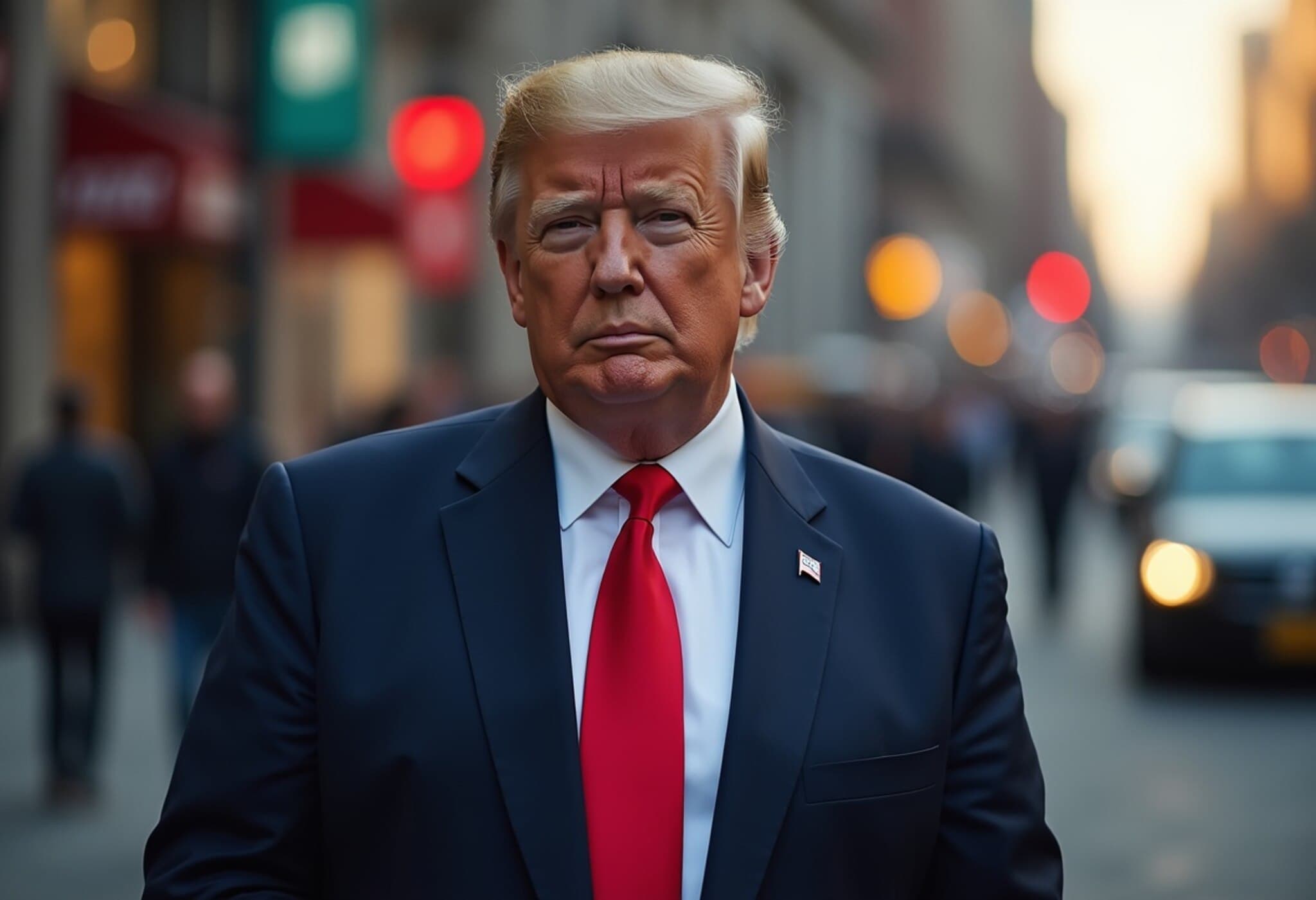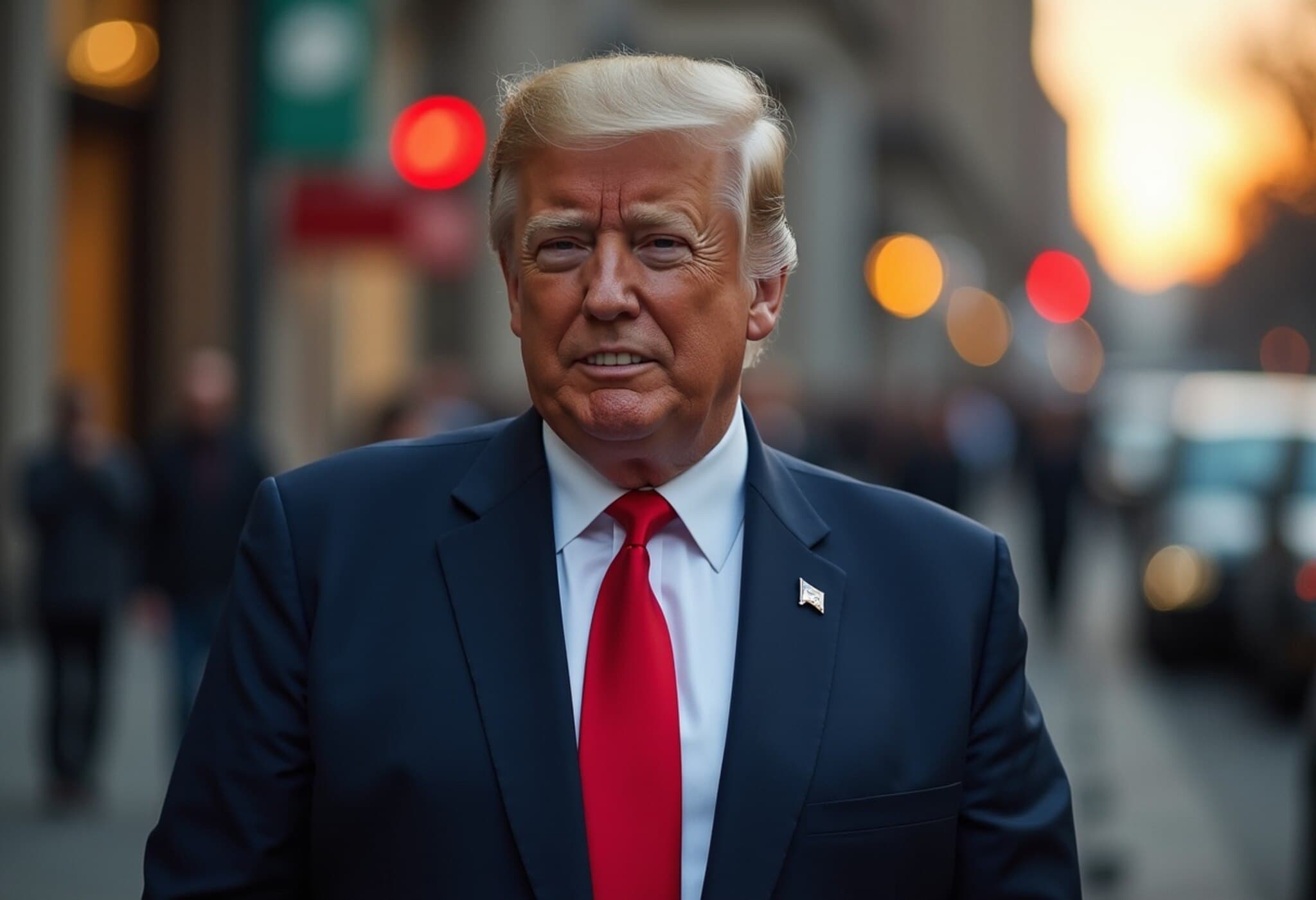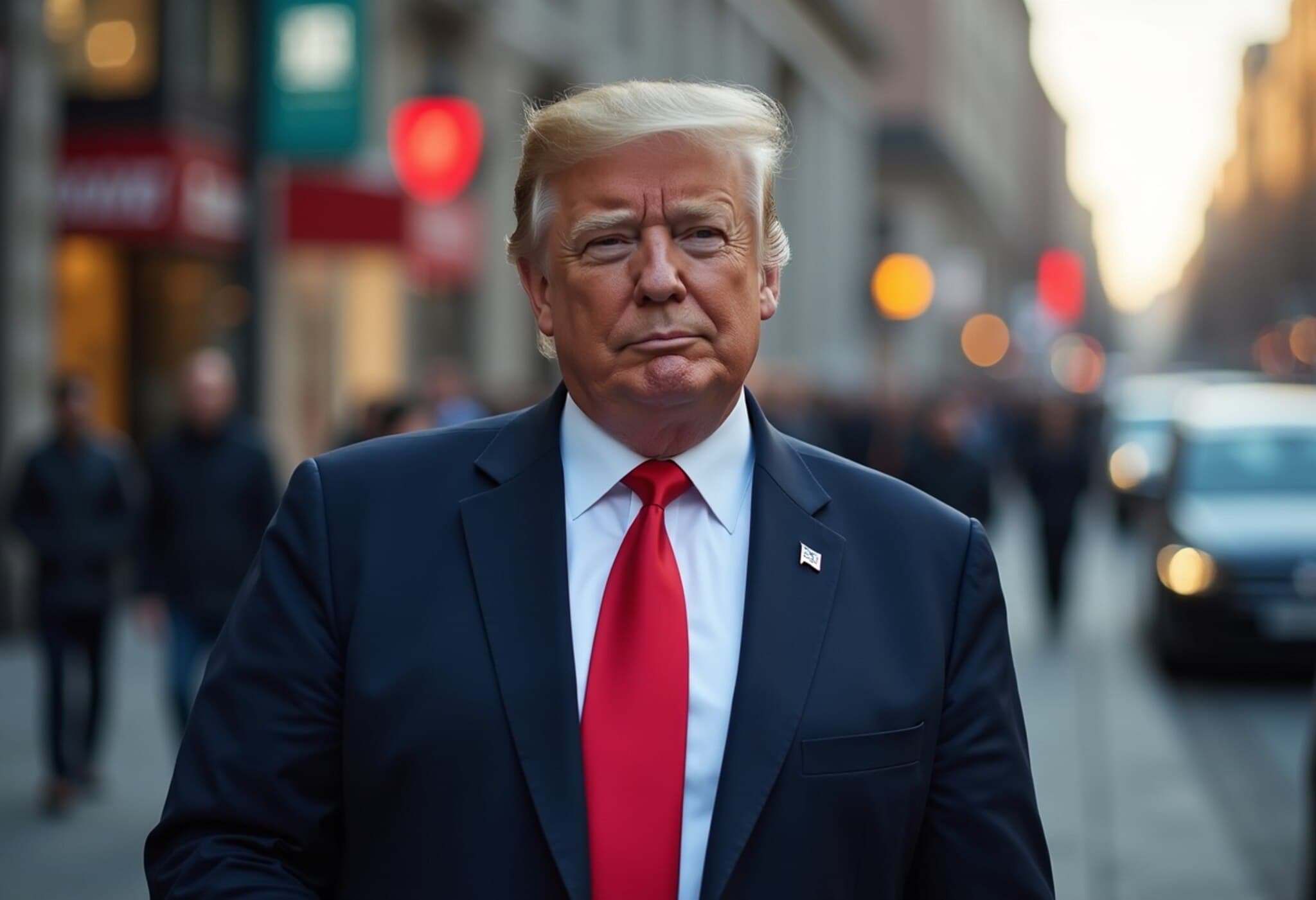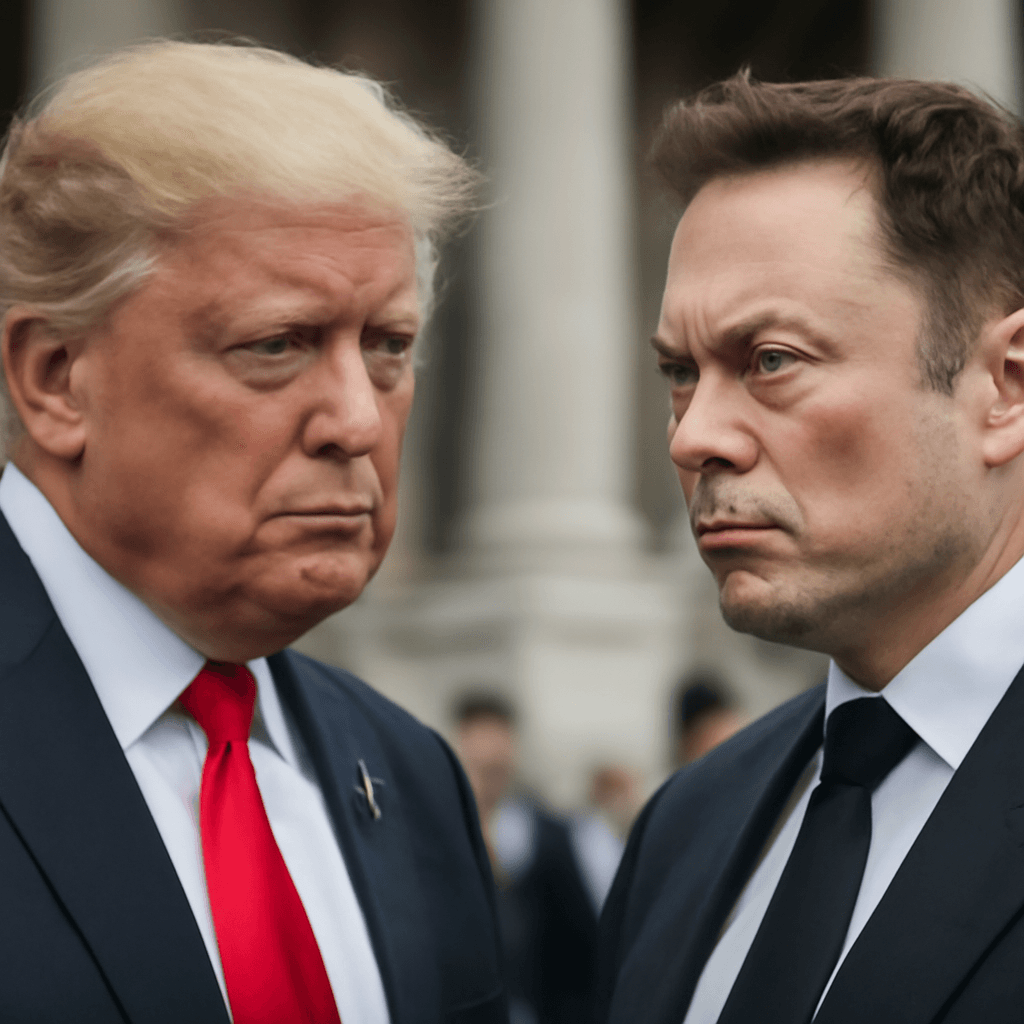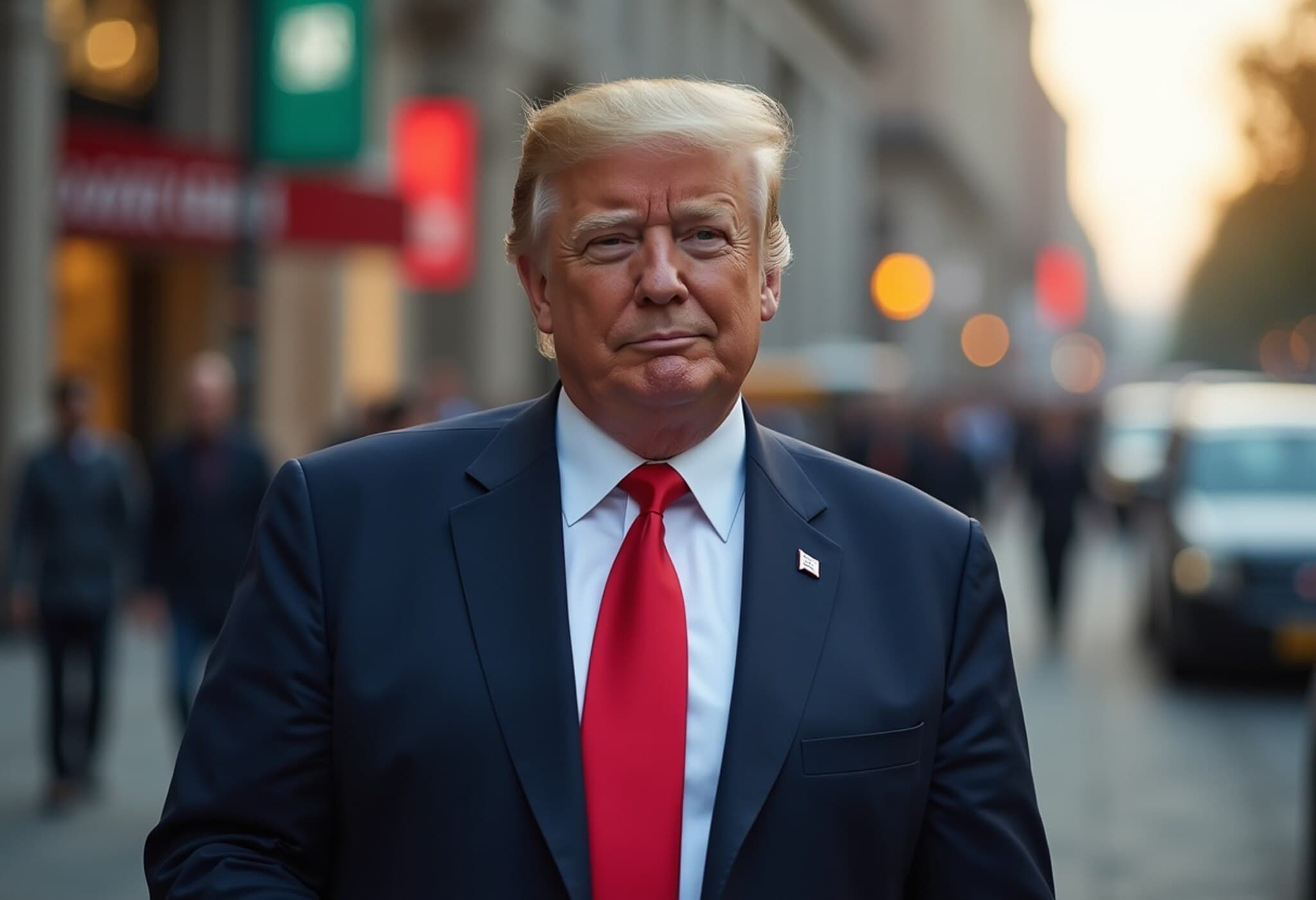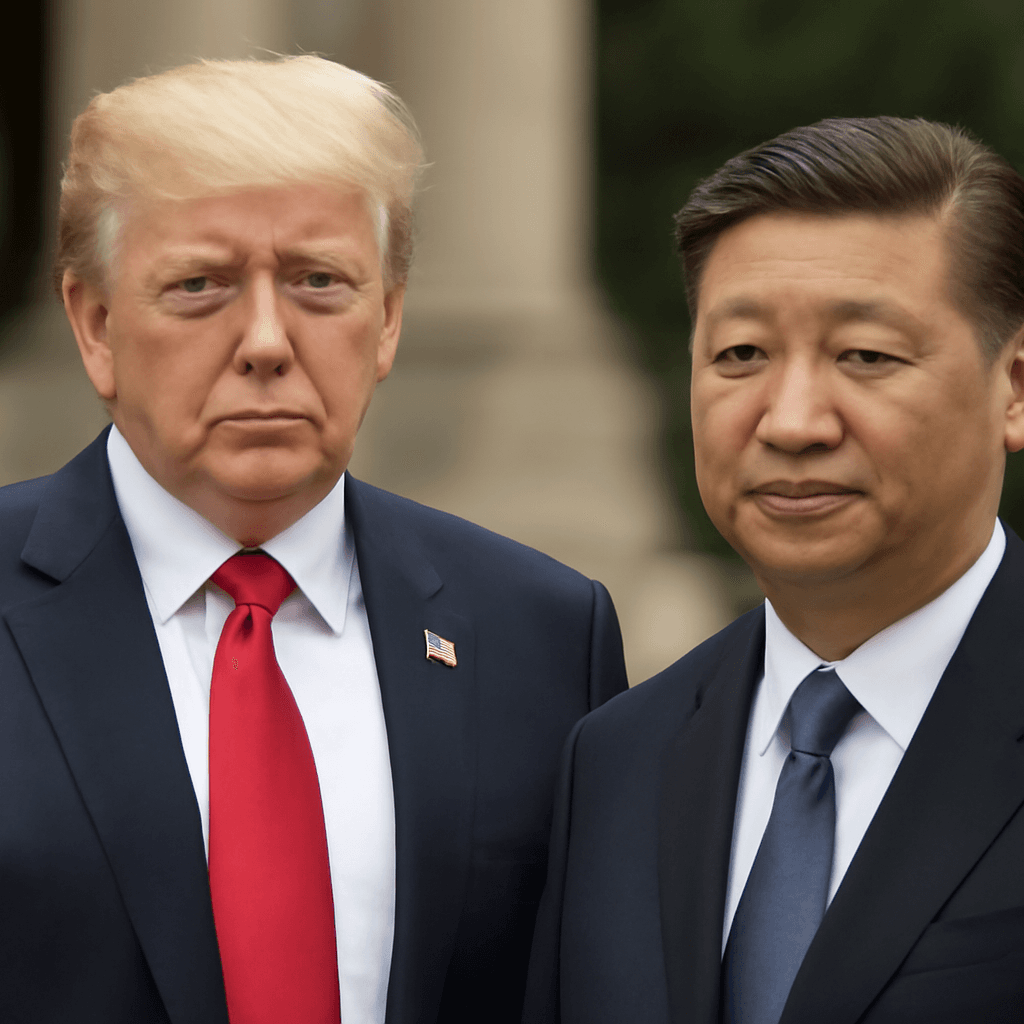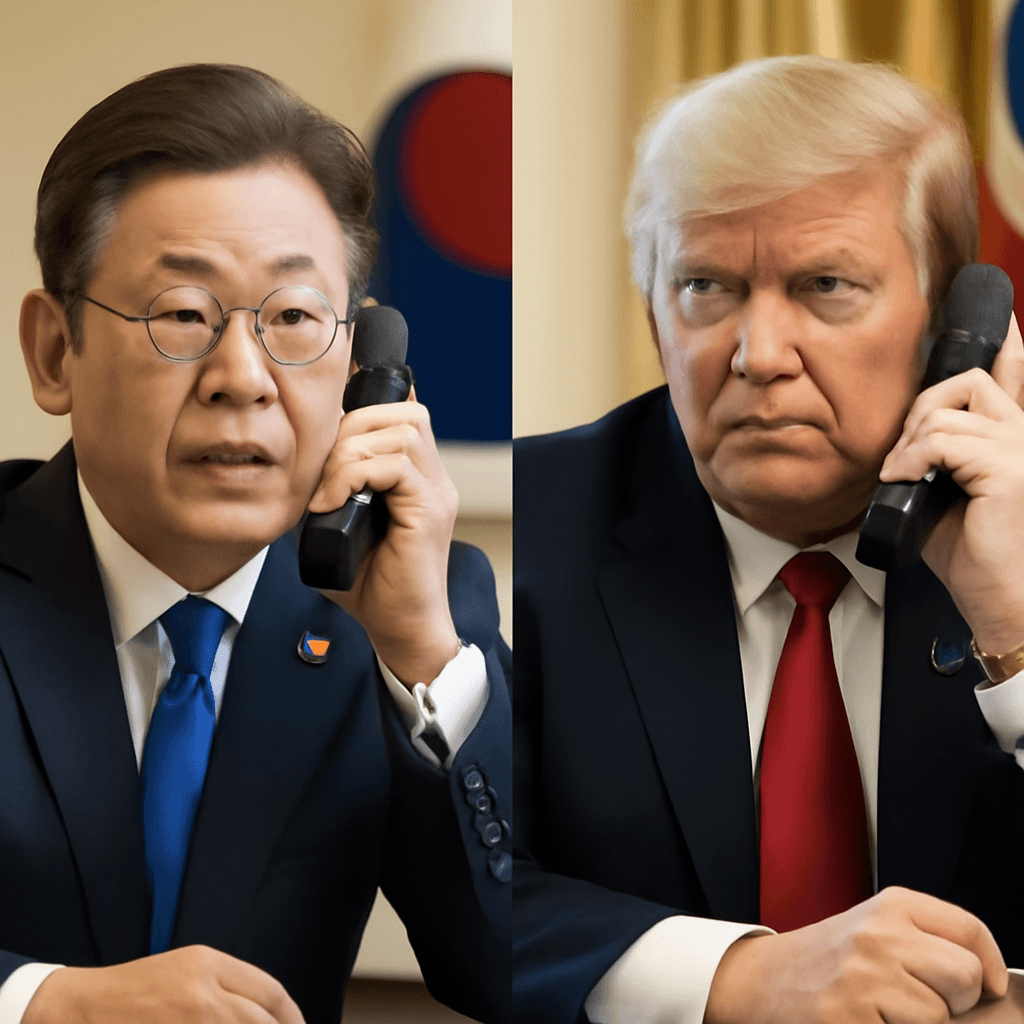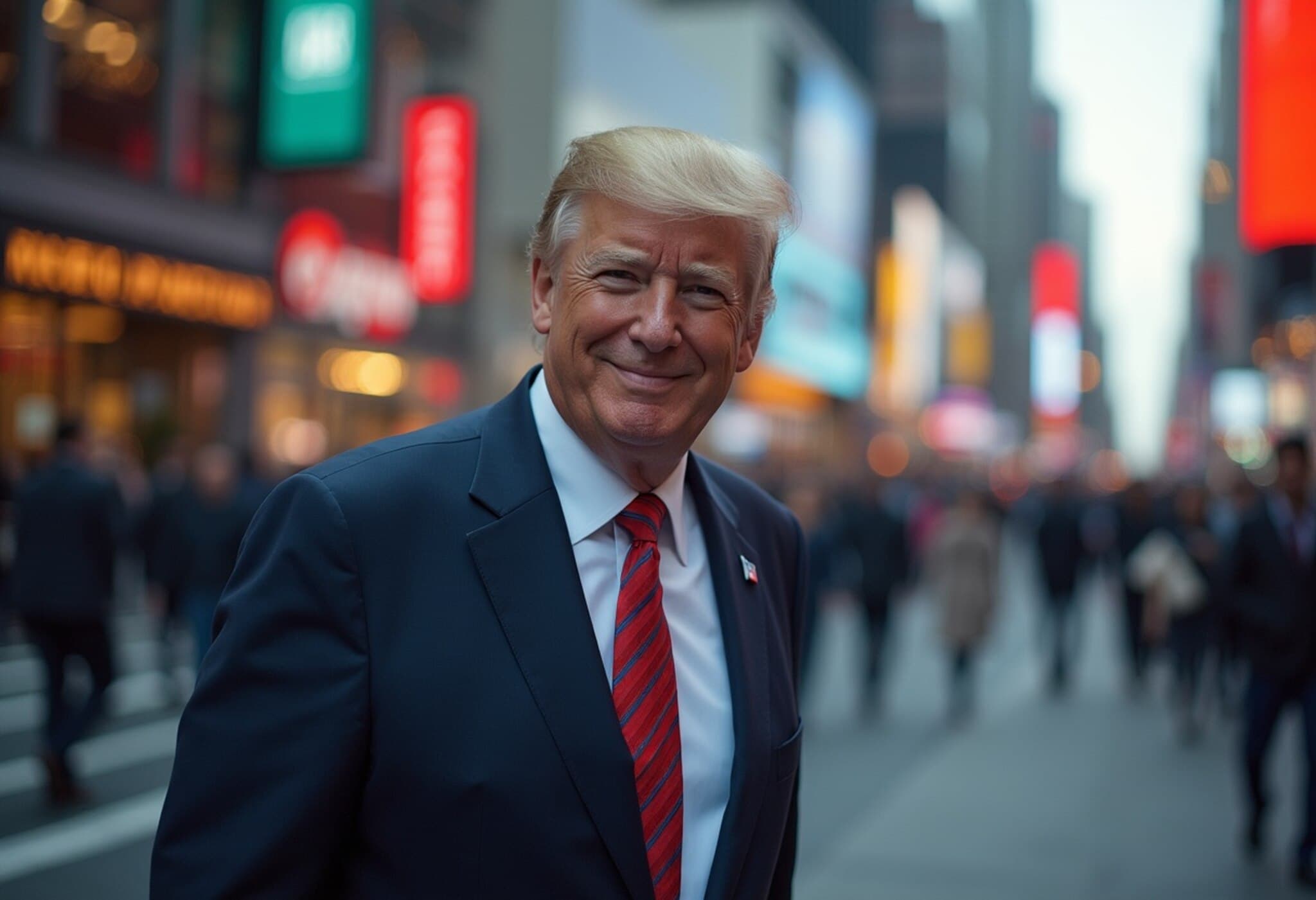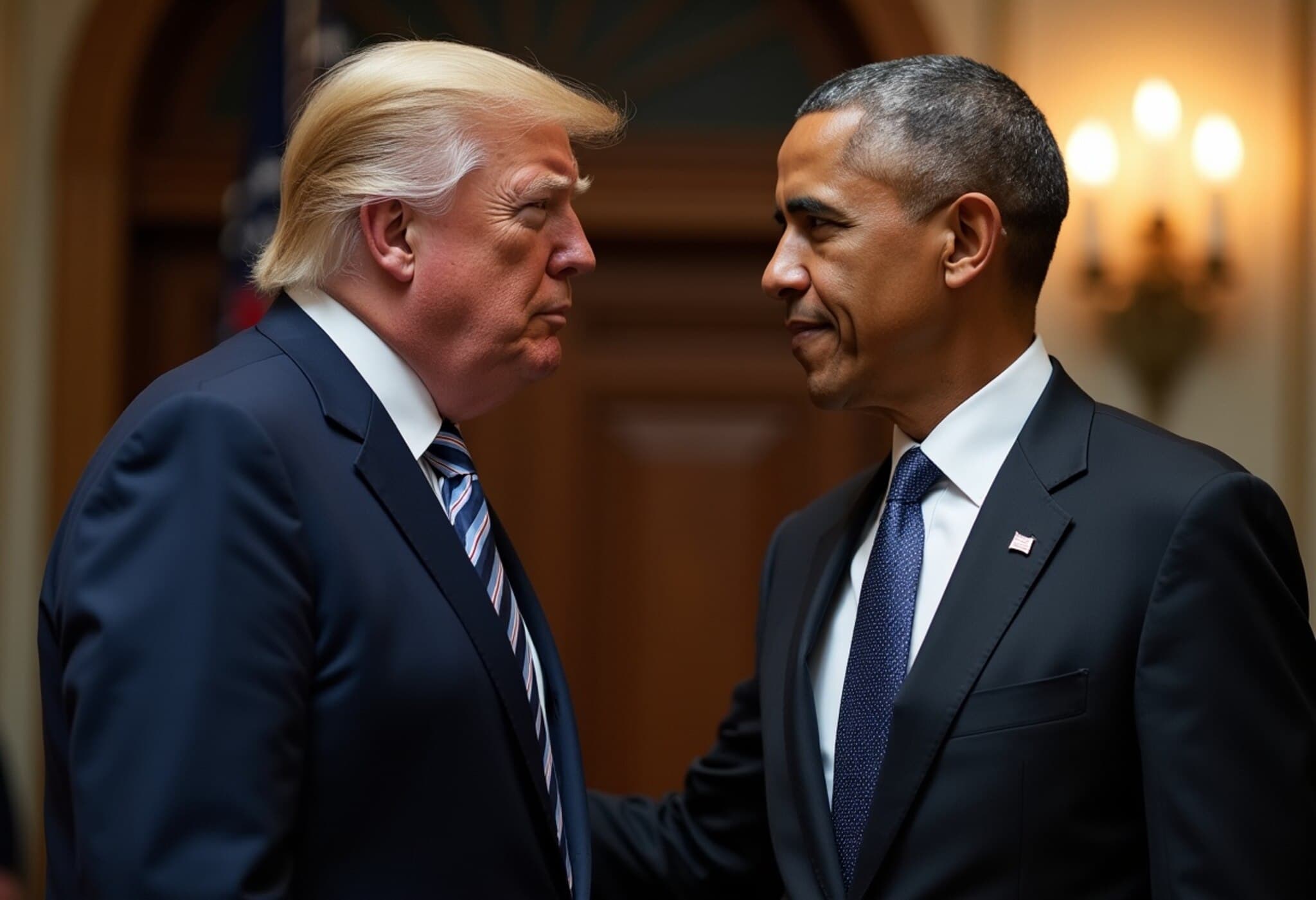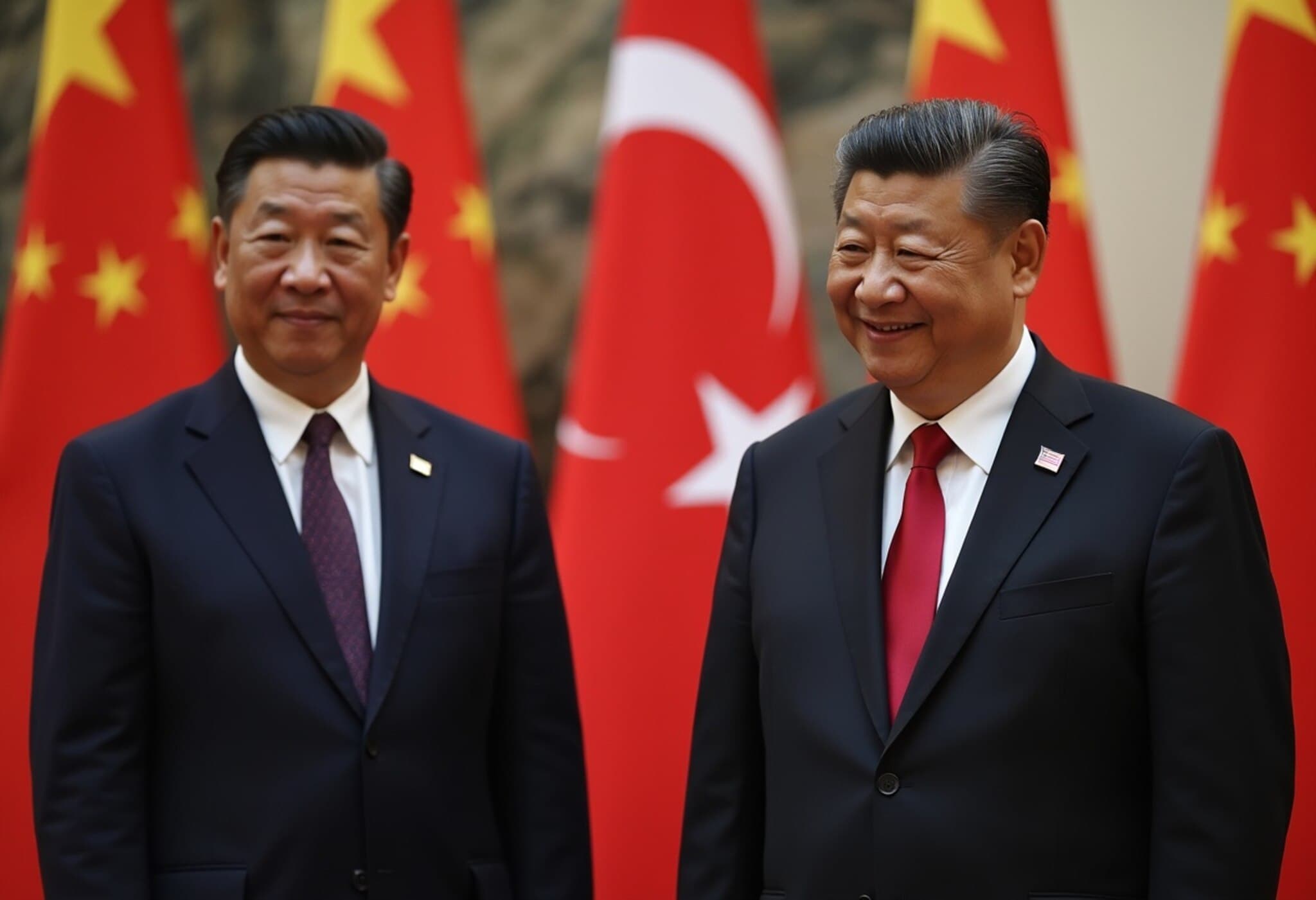Trump Unveils Landmark Trade Agreement with Japan
On July 22, 2025, U.S. President Donald Trump announced what he hailed as a "massive" trade deal with Japan, outlining commitments that could reshape economic ties between the two global powers. Central to the agreement is a projected $550 billion investment from Japan into the U.S., alongside a reciprocal 15% tariff on certain Japanese goods. Trump described the pact as one of the largest deals ever secured, promising significant job creation and expanded market access for American industries.
Key Elements of the Agreement
- $550 billion Japanese investment directed into the U.S. economy, with the U.S. expected to retain 90% of the resulting profits.
- A 15% reciprocal tariff imposed on select Japanese imports, notably automobiles, trucks, rice, and specific agricultural products.
- Expanded trade opportunities for U.S. farmers and automakers, aiming to boost American exports in sectors historically challenged by Japanese market barriers.
Context and Implications
The deal, announced following a meeting between President Trump and Ryosei Akazawa, Japan's chief trade negotiator, represents a shift from earlier U.S.-Japan trade discussions. Initially, the administration sought a 25% tariff, but the agreed rate of 15% suggests a compromise amid the evolving geopolitical landscape. This tariff introduction marks a departure from Japan's push for a tariff exemption, signaling potential frictions ahead as both sides navigate mutual economic interests.
Market watchers are closely monitoring whether these new tariffs will layer on top of existing proposed levies, including a previously suggested 25% tariff on automobiles and an imposing 50% duty on steel imports from Japan. These sectors are pillars of Japan's export economy and bargaining chips in broader bilateral negotiations.
Political Dynamics in Japan
The timing of the deal announcement follows a significant electoral defeat for Japanese Prime Minister Shigeru Ishiba’s Liberal Democratic Party in the upper house elections earlier this month. This political vulnerability introduces additional uncertainty regarding Japan’s willingness and capacity to implement the agreement’s terms fully, further complicating U.S.-Japan relations.
Expert Perspective
From an American economic and policy standpoint, the deal reflects the Trump administration’s continued strategy of leveraging tariffs as negotiation tools to address long-standing trade imbalances and perceived unfair practices by trading partners. The emphasis on reciprocal tariffs aligns with a broader push under Trump's "America First" agenda to protect U.S. industries and jobs.
However, economists warn that while such high-value investment promises sound alluring, the real-world impact depends heavily on how these capital flows are structured and the sectors targeted. There is also concern that tariffs, even at 15%, could lead to higher consumer prices in the U.S. and retaliatory measures that might strain cooperation between two key allies.
What Lies Ahead?
Observers eagerly await concrete details on implementation timelines and enforcement mechanisms. Will Japan follow through on its sizable investment pledge? How will U.S. manufacturers respond to new tariff structures? And critically, how will this deal influence the broader Indo-Pacific trade environment amid rising regional tensions?
While the headline figures headline the story, the nuances of this deal reveal the complexities of contemporary trade diplomacy—balancing national economic interests with international alliances in an increasingly multipolar world.
Editor’s Note
This trade agreement between the United States and Japan underscores the evolving nature of global trade relations in the 21st century. It raises pivotal questions about the efficacy of tariffs as tools for economic leverage and the balance between protecting domestic industries and maintaining healthy diplomatic ties. Readers should watch how these developments play out, especially given Japan’s recent political shifts and the potential ripple effects on global markets.

